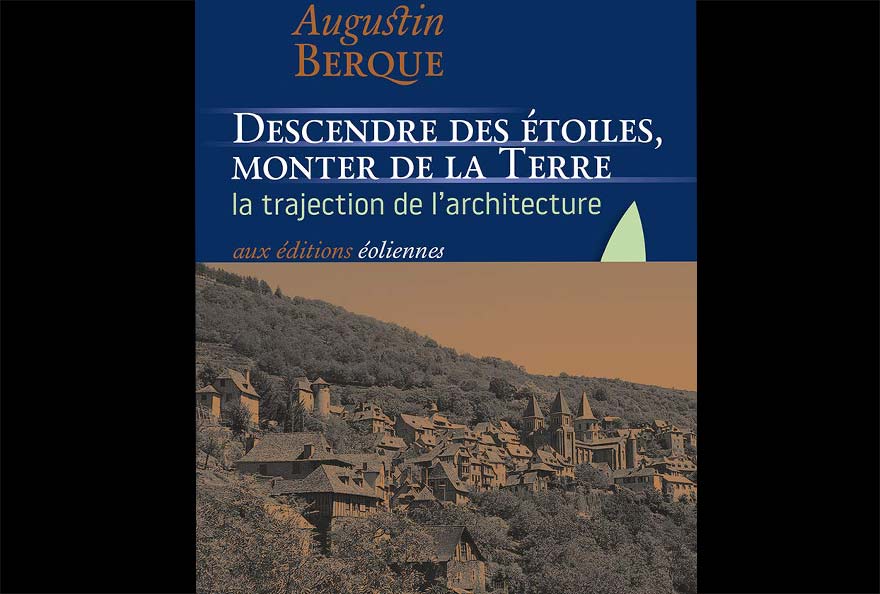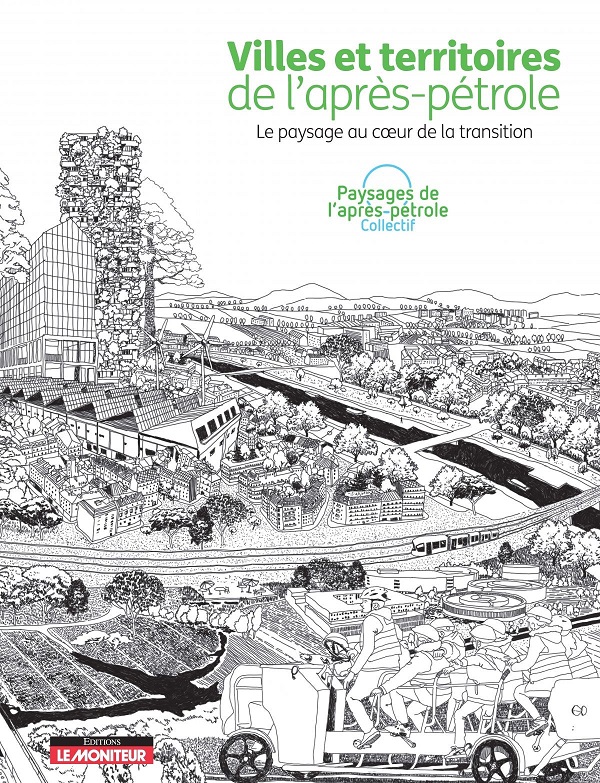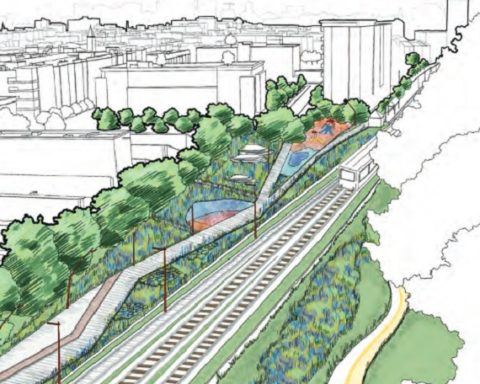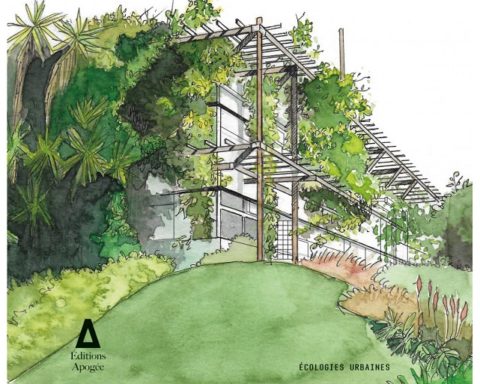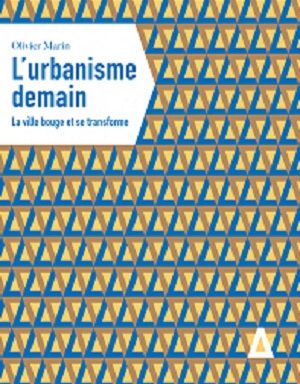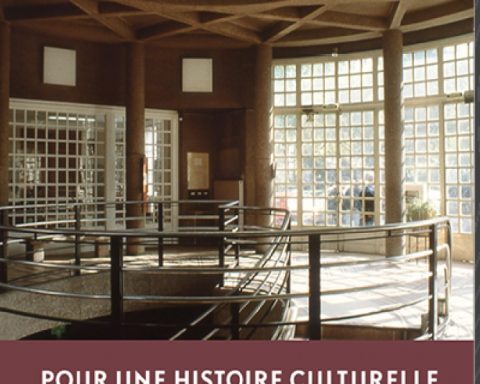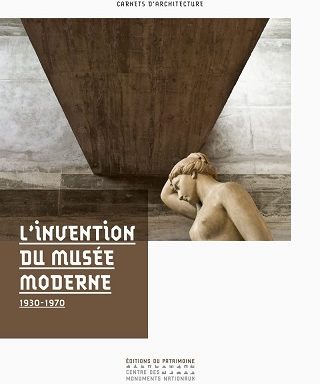Urbanism and biodiversity - Towards a living landscape structuring the urban project, under the direction of Philippe Clergeau - Edition Apogée, 3 June 2020 - 328 Pages
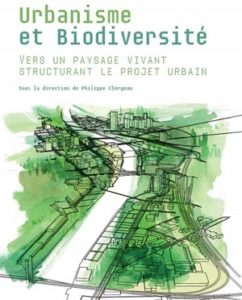 Town planning is at a turning point in its history. Taking nature into account in cities, and particularly the use of plants, is fully in line with societal and economic demand, given the importance of the services provided in these times of global warming and the need to regulate pollution and create a resourcing atmosphere.
Town planning is at a turning point in its history. Taking nature into account in cities, and particularly the use of plants, is fully in line with societal and economic demand, given the importance of the services provided in these times of global warming and the need to regulate pollution and create a resourcing atmosphere.
But the main idea of this book is to go even further by placing ecological processes and biodiversity at the heart of the urban project. It is no longer just a question of integrating nature into the city, but of creating an urban ecosystem. It is no longer a question of building a human settlement but of giving as much importance to the unbuilt as to the built.
"This book is the result of several convergences that call for an updated dossier: on the one hand, a societal approach (city dwellers want nature in the city and demand habitat well-being) and an environmental and ecological emergency (huge loss of biodiversity, finite resources, global warming, urban sprawl) and, on the other hand, the emergence of scientific and technical knowledge, think tanks and the development of urban ecological engineering. Making the city, making the city no longer seems to be able to escape from these contexts.
Complexity is already at the heart of urban planning, notably through its social, historical, environmental, architectural, etc., inputs, organisations and flows. The landscape, which is therefore gradually becoming an essential component of design and requalification, adds a layer of complexity. But today this landscape is also clearly understood as a support for our relationship with nature. »
The very numerous skills gathered in the book provide food for thought, methods and examples of concrete cases that wish to contribute to an indispensable paradigm shift in the urban project.
Philippe Clergeau is a professor at the National Museum of Natural History and a consultant in ecological urban planning. A pioneer in France of urban biodiversity, he is the author of several books on urban ecology, teaches in schools of architecture and landscape and leads research programmes on urban forms, green and blue patterns and new strategies for ecological urban planning and architecture.

